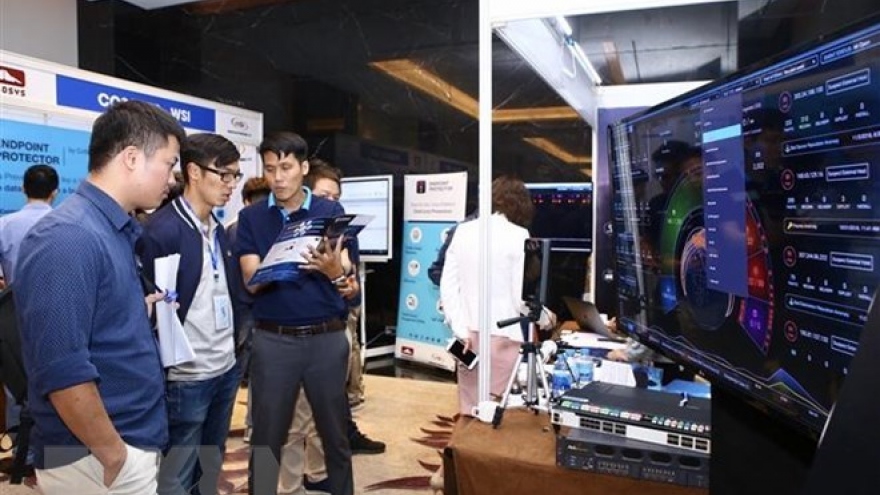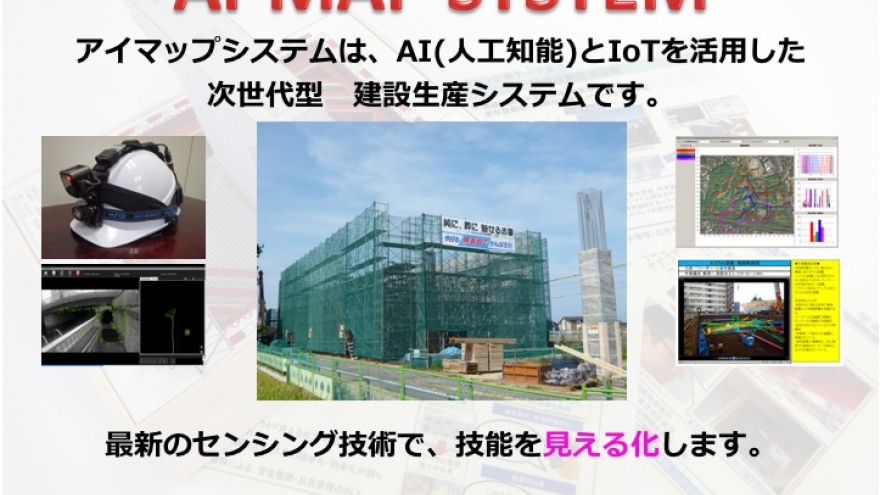The future that lies in artificial intelligence
“There is no way around Industry 4.0. Each business and the country as a whole should prepare, plan, and build strategies for adaption. Every member of the society needs to change their mindset, strengthen links, and invest more in technology.”
 |
| Nguyen Xuan Hoai, Director of AI Academy |
In the 4.0 era, Artificial Intelligence (AI) has been applied in every nook and cranny of life and business, and is ready to replace humans if they do not do their utmost to improve their knowledge, skills, and confirm their position in society.
AI is no longer a strange, distant concept. There are a great number of definitions of AI, but to put it simply, AI, sometimes called machine intelligence, is intelligence demonstrated by machines, in contrast to the natural intelligence displayed by humans and other animals.
AI in all of life and business
Numerous companies use AI to draw people’s attention to their newly-launched products, as well as to demonstrate that they are leading the technology trend. Particularly, a great deal of AI has been applied in smartphones. For example, the camera now automatically recognises the face, while there are also voice control capabilities, virtual assistants, and AI built into Facebook apps.
In business, AI, which is changing all the concepts, mindset, and operations, will be able to create a new business model in relevant industries. For example, the Grab and Uber apps have integrated AI technology to manage and operate a large number of drivers, locations, and decide which driver is chosen for which journey. AI could even suggest the most favourable location for drivers to get more clients.
AI can now be found everywhere in every business sector. Currently, most people know about “chatbots,” a famous application of AI, like Apple’s Siri, and Amazon’s Alexa. They could answer simple questions, make appointments, and manage other smart devices. Thereby, instead of paying for any up-to-hundred-member customer care team, they need only 20-30 per cent of the staff and a chatbot (question-answering systems) to operate.
In the customer relationship management (CRM) system of Salesforce, an American cloud-based software company based in San Francisco of California, AI can detect issues with clients automatically, and then compose a well-written email to the relevant clients. Even in Gmail, when a user is typing an email in English, the system immediately suggests the next words that are likely to follow.
Human resources recruitment is also a sector that has greatly integrated AI. Only half a year ago, a Russian robot was launched to use AI to recruit and hire people for major multinational corporations. This virtual recruiter can screen over 1,500 candidates a day and send follow-up emails. Since then, 200 companies have started using this robot, which means the software conducts about 50,000 interviews a day. This robot reduced both the time and cost of recruitment by at least a third. She can connect to several job sites, where she can scour resumes and cover letters. If a match occurs, she calls the candidates and makes an interview on the phone or video call using a script provided, lasting around eight minutes.
People even said that AI is the future of the marketing sector. But not only in the future, most marketers already use AI every day. For example, Google uses an AI application named RankBrain to guess users’ intentions when they type into the search engine. Besides, AI also supports programmatic advertising, in-image advertising, targeting customers, lead nurturing, and dynamic pricing, which suggests the best price for goods and services based on the things that clients were ready to pay for in the past.
In every sector, AI supports human activities substantially, especially in repeated and routine activities, such as reviewing loan applications, assessing the credit score of borrowers, as well as exploring all the information related to borrowers such as job, income, relationship, and financial status. All of this information will be collected automatically, analysed, and evaluated in a few hours by AI, while human personnel used to spend days or a week on the task.
The age of AI is upon us, in many ways, it is “engulfing” humanity. AI has relieved people of a lot of the boring, routine, mundane tasks they do not want to do, from increasing efficiency in our personal lives, like Siri ordering a pizza for people online to rifting through mounds of data and analysing it to produce results. AI has made human lives significantly better. With the advent of advanced technologies like self-driving cars, AI systems will also relieve people of frustrating realities like being stuck in traffic, and instead provide us with more leisure time. Moreover, AI is likely ready to replace humans even in highly professional positions, like lawyers, doctors, accountants, and strategy consultants.
Melding machines and humans
There are two types of AI, including General AI (also known as Strong AI), where an (machine) entity could think and have full awareness as a human or even more than a human. General AI can successfully perform any intellectual task that a human being can. This is the sort of AI in movies like “Her” or other sci-fi movies in which humans interact with machines and operating systems that are conscious, sentient, and driven by emotion and self-awareness. However, it is very far for General AI to become true, and people are still arguing about whether General AI could replace humans or not.
Unlike General AI, Narrow AI (Weak AI) is not conscious, sentient, or driven by emotion the way that humans are. It operates within a pre-determined, pre-defined range, even if it appears to be much more sophisticated than that. Every sort of machine intelligence that surrounds us today, all those wonders mentioned above, is Narrow AI. Some might assume that these tools are not ‘weak’ because of their ability to interact with us and process human language, but the reason that they are called ‘Weak’ AI is that they are nowhere close to having human-like intelligence. They lack the self-awareness, consciousness, and genuine intelligence to match human intelligence. In other words, these machines cannot think for themselves.
While doing business, Business Intelligence (BI), a technology-driven process for analysing data and presenting actionable information, will help executives, managers, and other corporate end-users to make informed business decisions. If they do not care about AI and its application, corporations will surely fail.
That is why even the owner of the leading seafood export company in Vietnam and over the world has to pay attention to AI. In the last days of 2018, the biggest Vietnamese seafood corporation signed an agreement with AI Academy to provide technical consultancy on AI applications in its business such as the automation of several processing stages in their factories. They need 7,000 workers in every factory to provide many stages of manual work and are always short on hands. Thus, the company intends to utilise AI to reduce costs and to cope with labour shortage.
Like any other technology, AI is a double-edged sword. We should co-exist with AI in a world where machines reinforce human abilities, help people to accomplish tasks with high performance, create more added value, and become a motivation for people to improve themselves.
According to the latest Talentnet-Mercer Salary Survey, over one third of skill groups of all sectors will use skills that have never been mentioned in current job descriptions. Thereby, people need to improve knowledge and skills like coding, agility, cognitive flexibility, emotional intelligence (EQ), and logical thinking, as well as improve their international exposure and become ready for leadership.
In addition to removing a lot of jobs, AI will also create some new jobs like building and labelling massive data sets to train AI, AI engineering, robot repair and maintenance, and Big Data engineering.
There is no way around Industry 4.0. Each business and the country as a whole should prepare, plan, and build strategies for adaption. Every member of the society needs to change their mindset, strengthen links, and invest more into technology in order to enhance their competitiveness and affirm their position in this playground.


